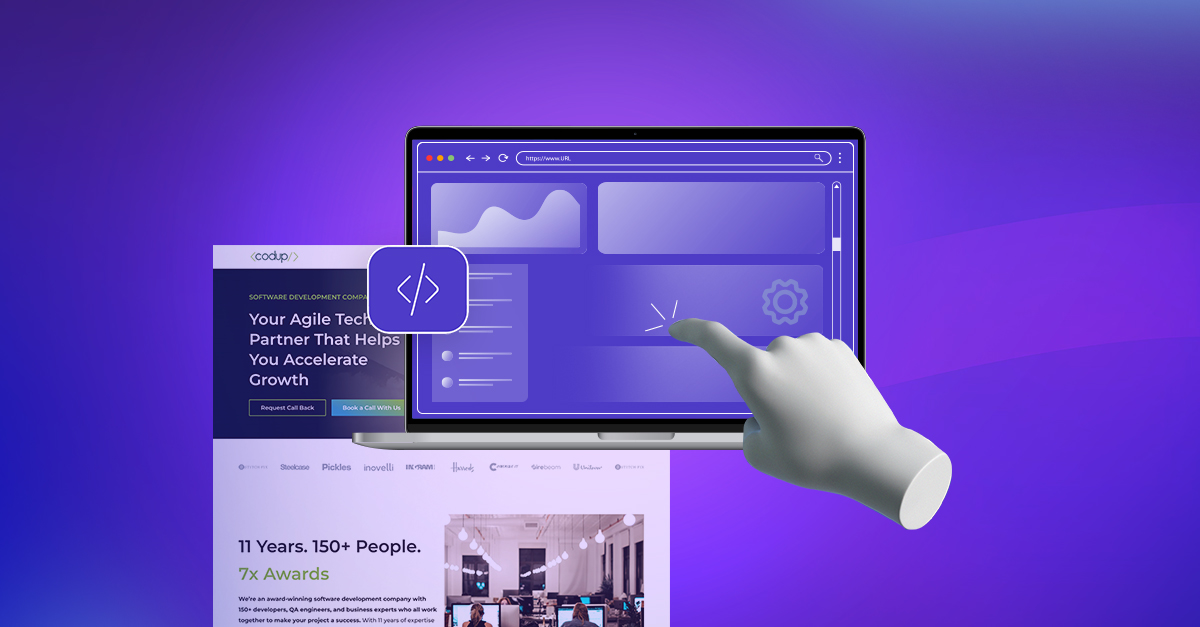Dynamic Access Control Benefits for Enhancing Security and Efficiency in Enterprise Environments

Dynamic access control is a sophisticated approach to managing user access rights within an organization. Unlike static access control systems, where permissions are rigid and predefined based on user roles, dynamic access control adapts in real-time to various factors. This approach considers a multitude of attributes, such as the user’s role, location, time of access, and the specific resource being accessed. This flexibility is crucial in today’s rapidly evolving business landscape, where changes occur frequently and swiftly.
Dynamic Access Control Benefits for Enterprises
The transition to cloud-based solutions and the complexities of managing ever-changing data environments have made traditional access control systems insufficient. In the face of a 104% increase in global cyberattack attempts in 2023, the criticality of robust access control systems in safeguarding digital assets has never been more evident.
Amidst these challenging times, Dynamic Access Control (DAC) as an innovative solution offering security and advanced, context-aware capabilities. Balancing robust protection with operational efficiency, DAC is revolutionizing how businesses manage and secure access to their digital assets.
Dynamic access control benefits enterprises in numerous ways, making them a superior choice over traditional static systems. Here are some of the key advantages:
Granular Control: Dynamic access control systems provide a high level of specificity. Enterprises can define access parameters not just based on who or what is accessing a resource, but also based on how, when, and from where. This granularity ensures that access is precisely tailored to each user’s needs and the organization’s security requirements.
Centralized Management: With dynamic access control, policy management becomes centralized. This centralized approach simplifies policy updates and enforcement across the organization, enhancing consistency and reducing administrative overhead.
Reduced IT Overhead: Implementing dynamic access control reduces the burden on IT teams. Thanks to the intuitive nature of policy-based systems, a broader range of stakeholders can engage in policy management, relieving IT staff from being the sole gatekeepers of access control.
Real-time Adaptability: One of the standout features of dynamic access control is its ability to adapt in real-time to changing circumstances. Whether it’s a change in employee roles, fluctuating security risks, or evolving business needs, dynamic systems adjust access rights instantaneously, ensuring continuous alignment with current conditions.
Enhanced Security and Compliance: Dynamic access control systems improve security by continuously adapting to the latest threats and compliance requirements. Real-time monitoring and automatic policy enforcement ensure that only compliant practices are in place, significantly reducing the risk of security breaches and non-compliance penalties.
Each of these benefits plays a crucial role in enhancing the security and operational efficiency of enterprises. They collectively contribute to a more agile, secure, and compliant organizational environment, which is vital in the face of today’s dynamic business challenges.
Also Read: Role-Based vs Attribute-Based Access Control
Challenges in Implementing Dynamic Access Control
While the benefits of dynamic access control are clear, implementing such a system is not without its challenges. Understanding these hurdles and how to overcome them is crucial for a successful transition. Here are some common challenges and strategies to address them:
Integration with Existing Systems: One of the primary challenges is integrating dynamic access control with existing security systems.
Solution: Conducting a comprehensive system audit can help in understanding compatibility and integration points. Working with vendors who offer flexible and customizable solutions can also ease this process.
Complexity and Technical Expertise: The complexity of dynamic access control systems can be daunting, especially for organizations without extensive IT resources.
Solution: Partner with experienced technology providers who can offer guidance and support throughout the implementation process. Investing in training for in-house IT staff also offers vital support.
Cost Implications: Transitioning to a dynamic system can be perceived as a significant financial investment.
Solution: Focus on the long-term ROI of enhanced security and operational efficiency. Phased implementation can also help in managing initial costs while demonstrating value at each stage.
User Acceptance: Resistance to change is a common obstacle in adopting new technologies.
Solution: Engage users early in the process through training and demonstrations. Highlighting the personal and organizational benefits can foster a more positive reception.
Maintaining Compliance: Ensuring that the new system adheres to industry regulations and standards can be challenging.
Solution: Work closely with legal and compliance teams during the planning and implementation phases to ensure all requirements are met.
Elevating Enterprise Security and Efficiency with Advanced Access Control
Adopting dynamic and cloud-based access control systems is a strategic decision for modern enterprises. These systems not only fortify security measures but also streamline operational processes, making them indispensable in today’s business environment. Their ability to adapt to changing conditions and integrate with other enterprise systems makes them a crucial component of a comprehensive security strategy.
For businesses looking to enhance their security infrastructure and operational efficiency, exploring these advanced access control options is a wise and forward-thinking move. As technology continues to evolve, staying ahead of the curve with these innovative solutions is key to maintaining a secure, efficient, and competitive enterprise.
Unlock superior enterprise security and efficiency with Codup’s Web Application Development services, tailored for dynamic access control.



